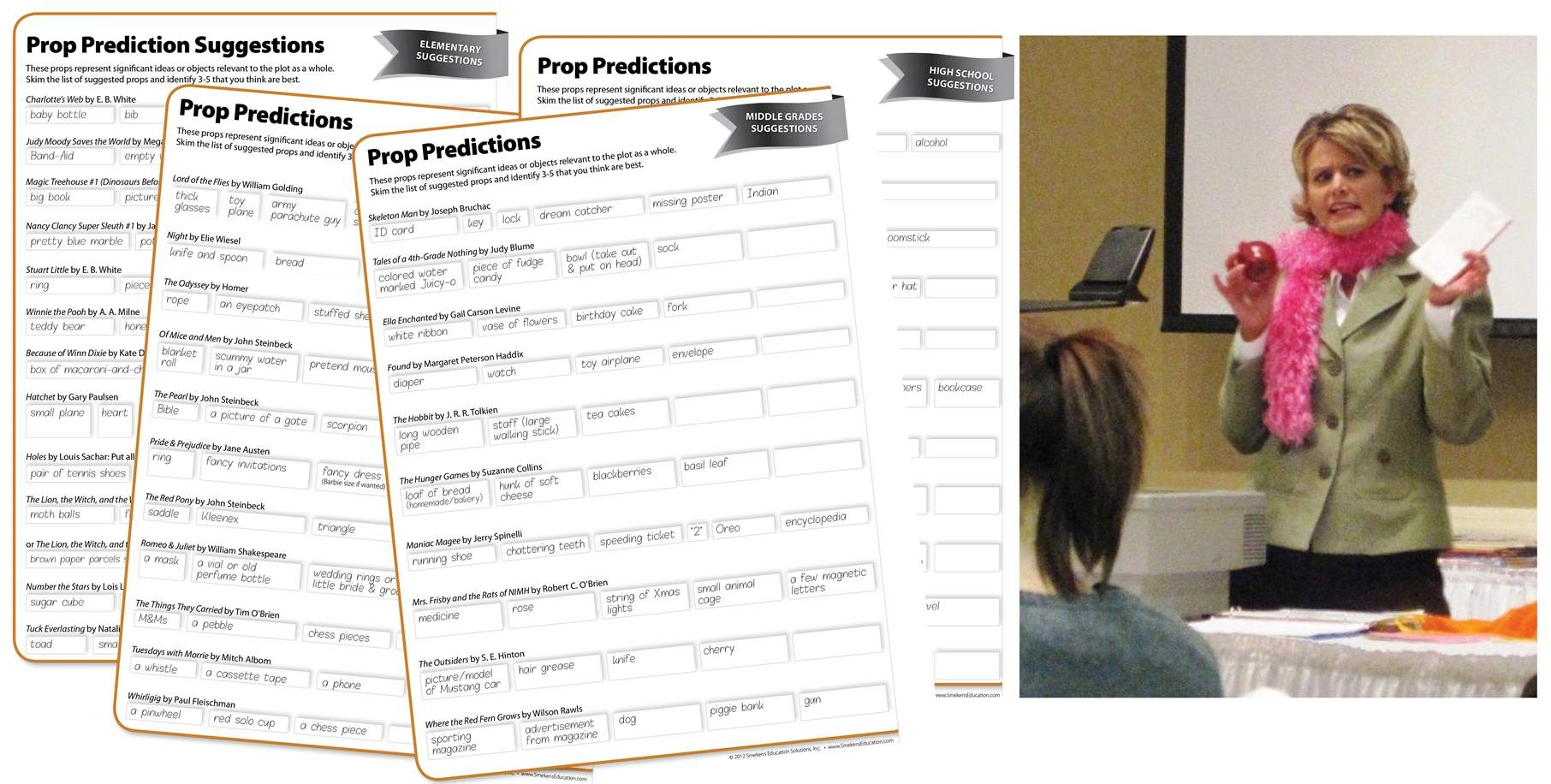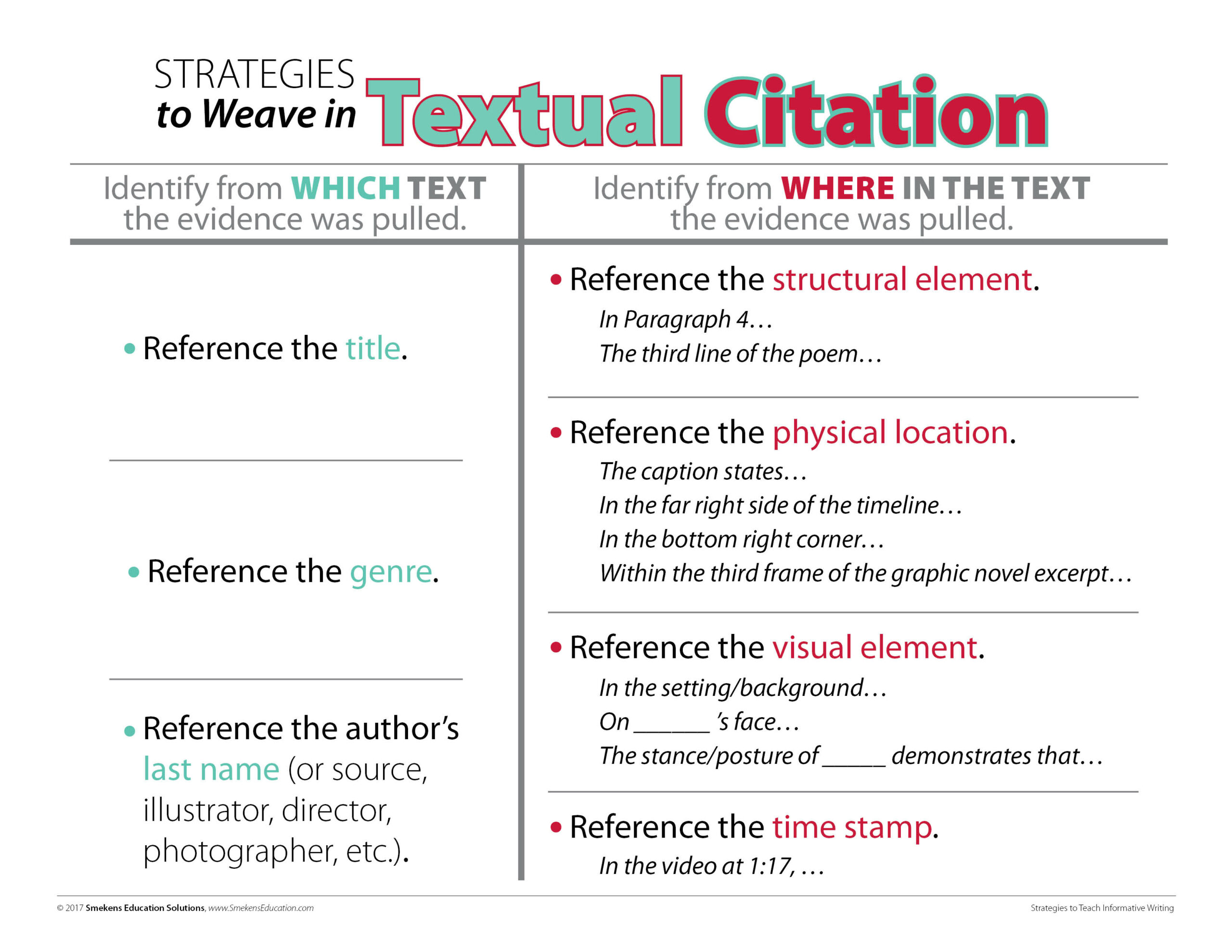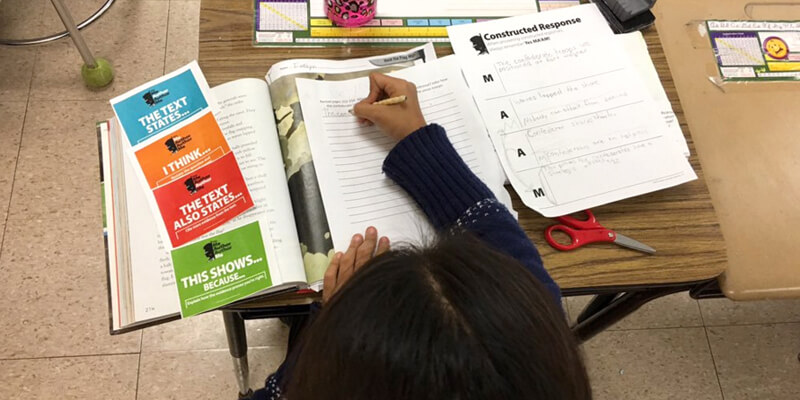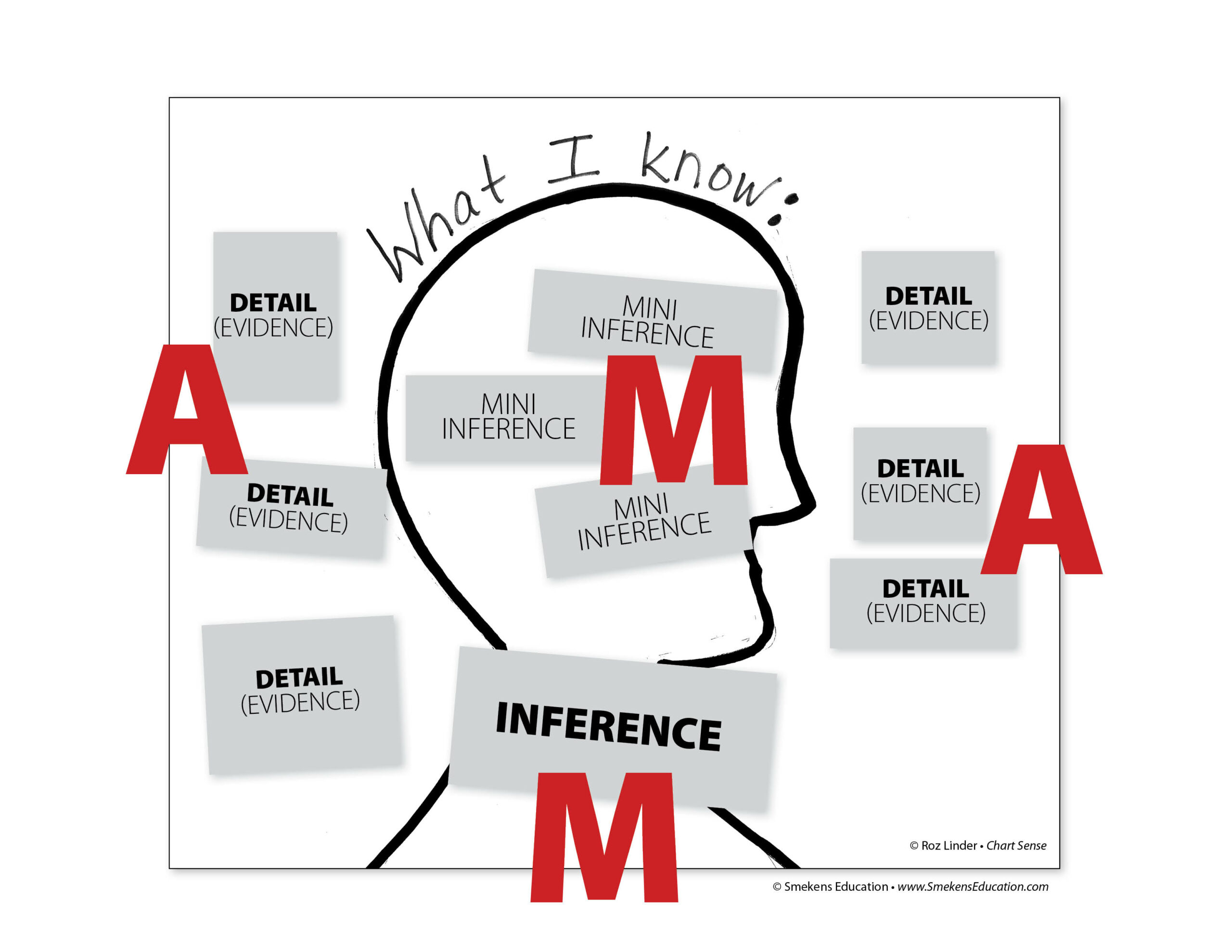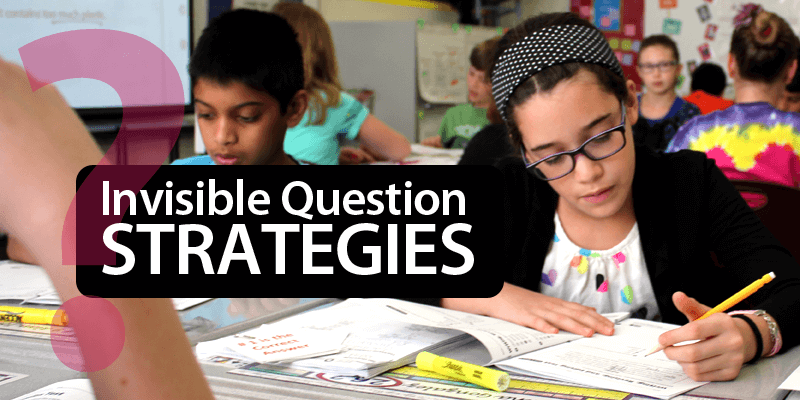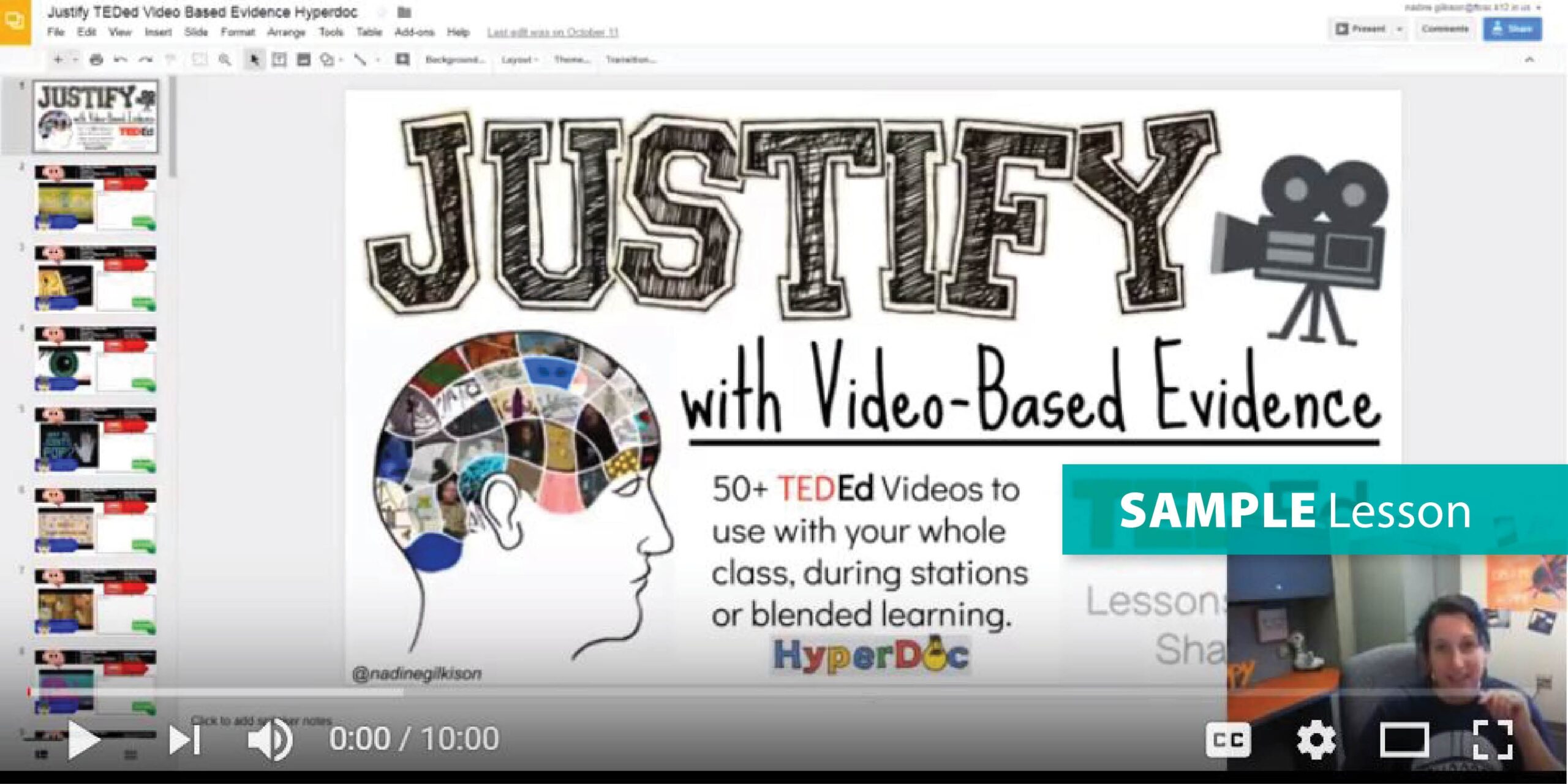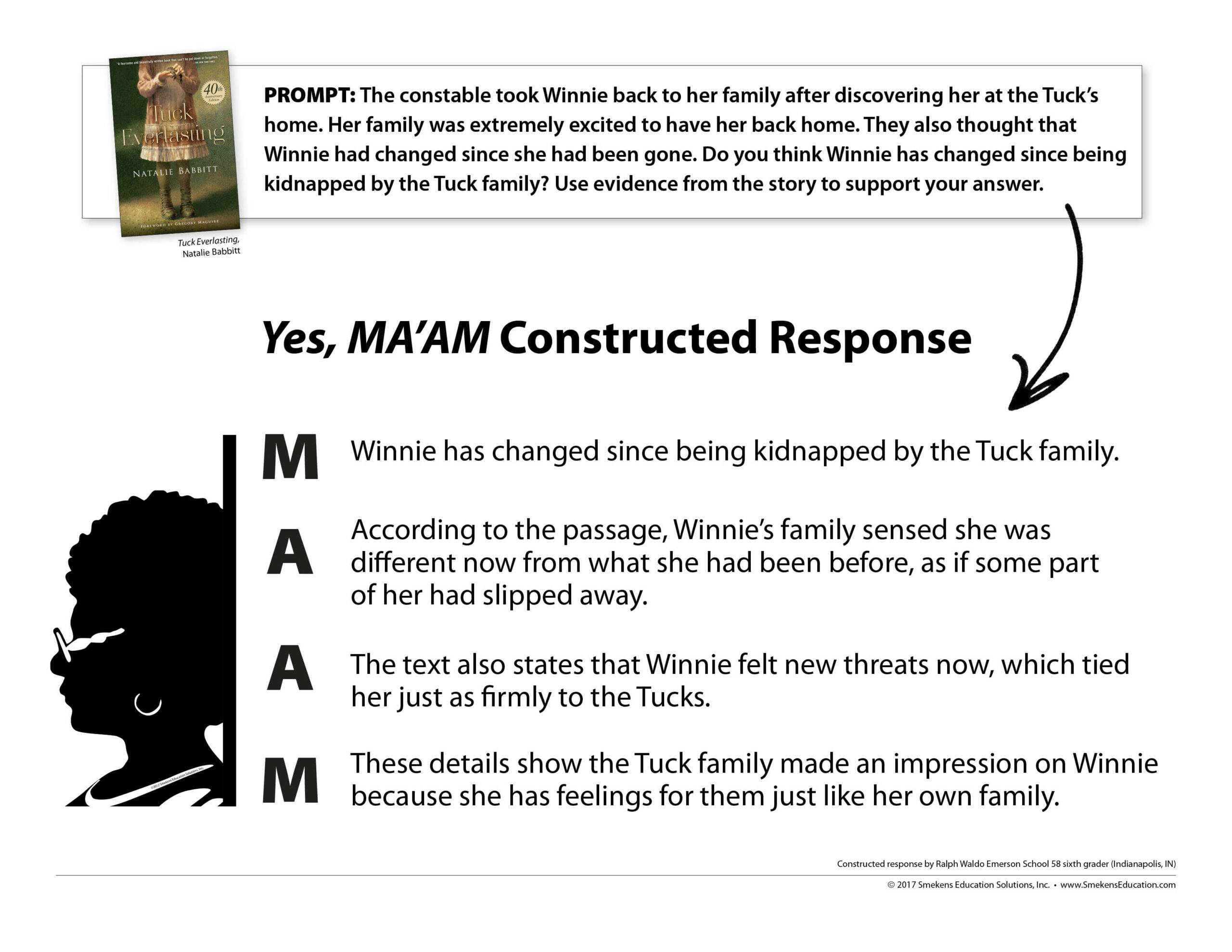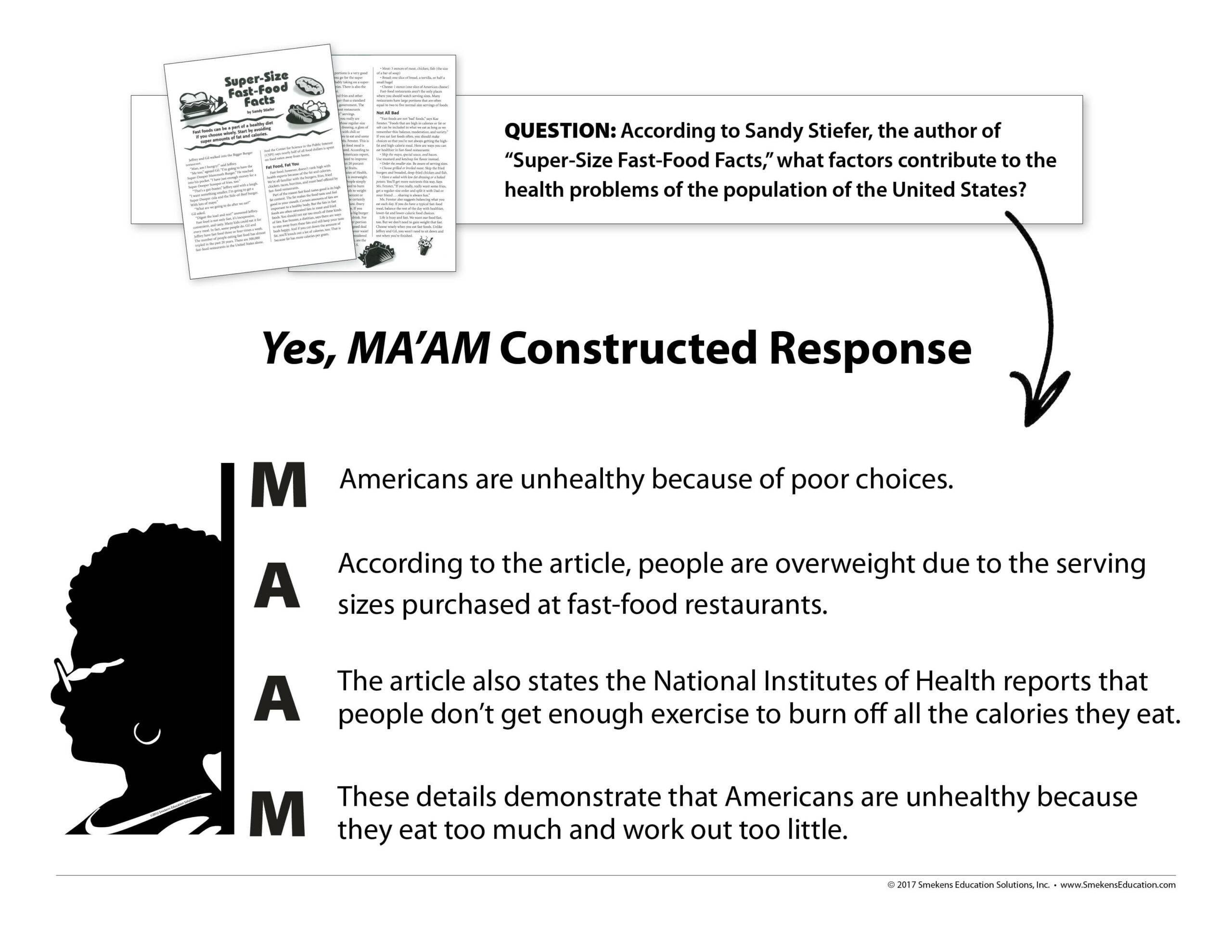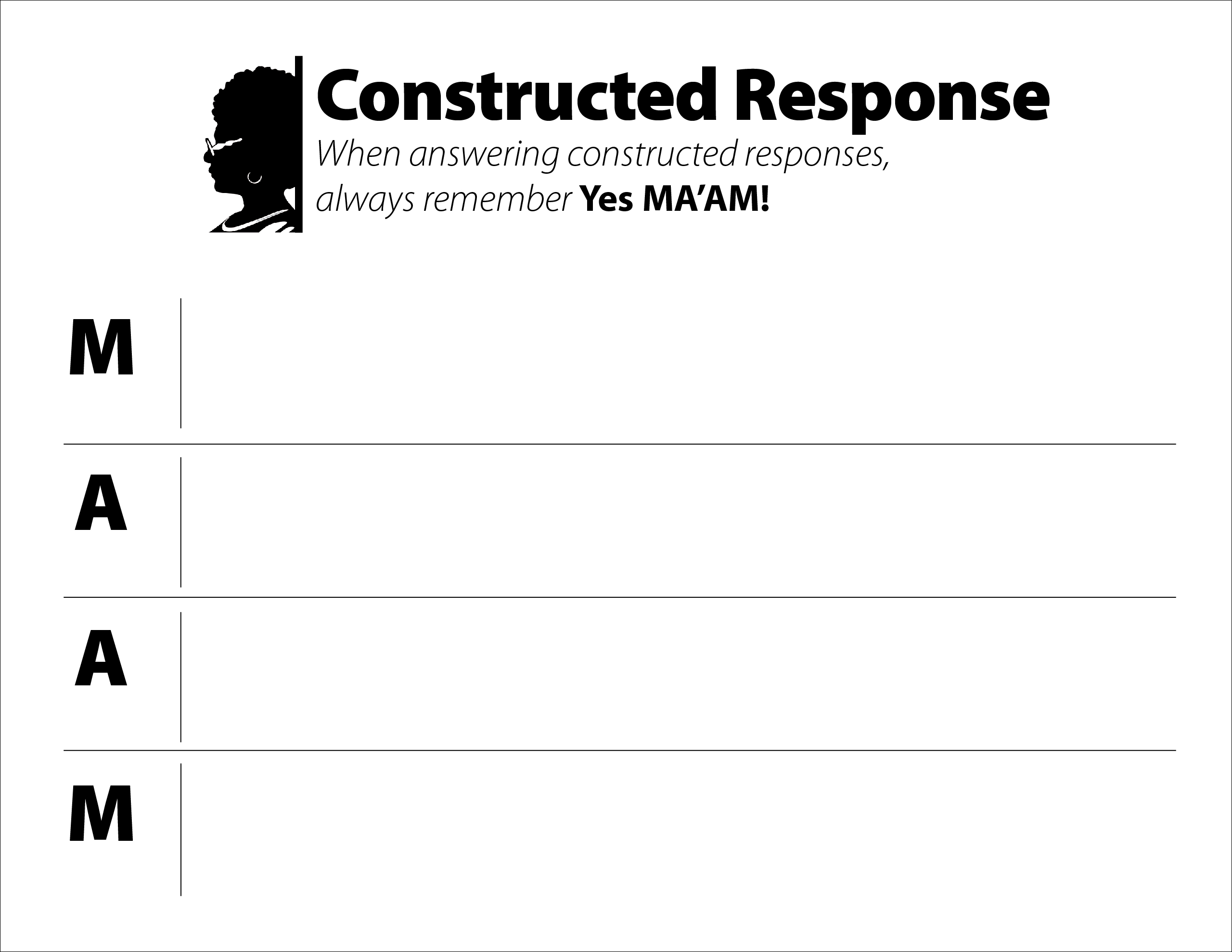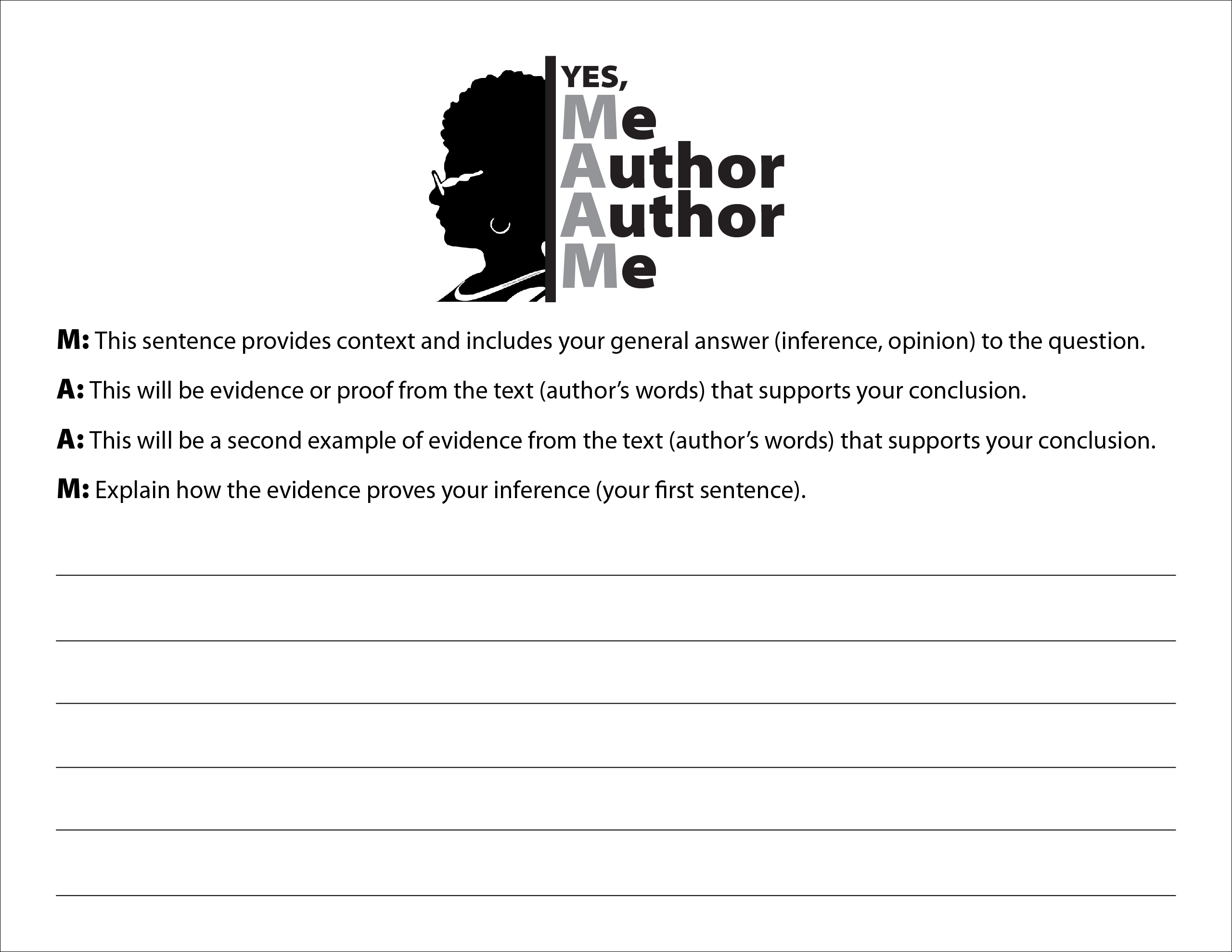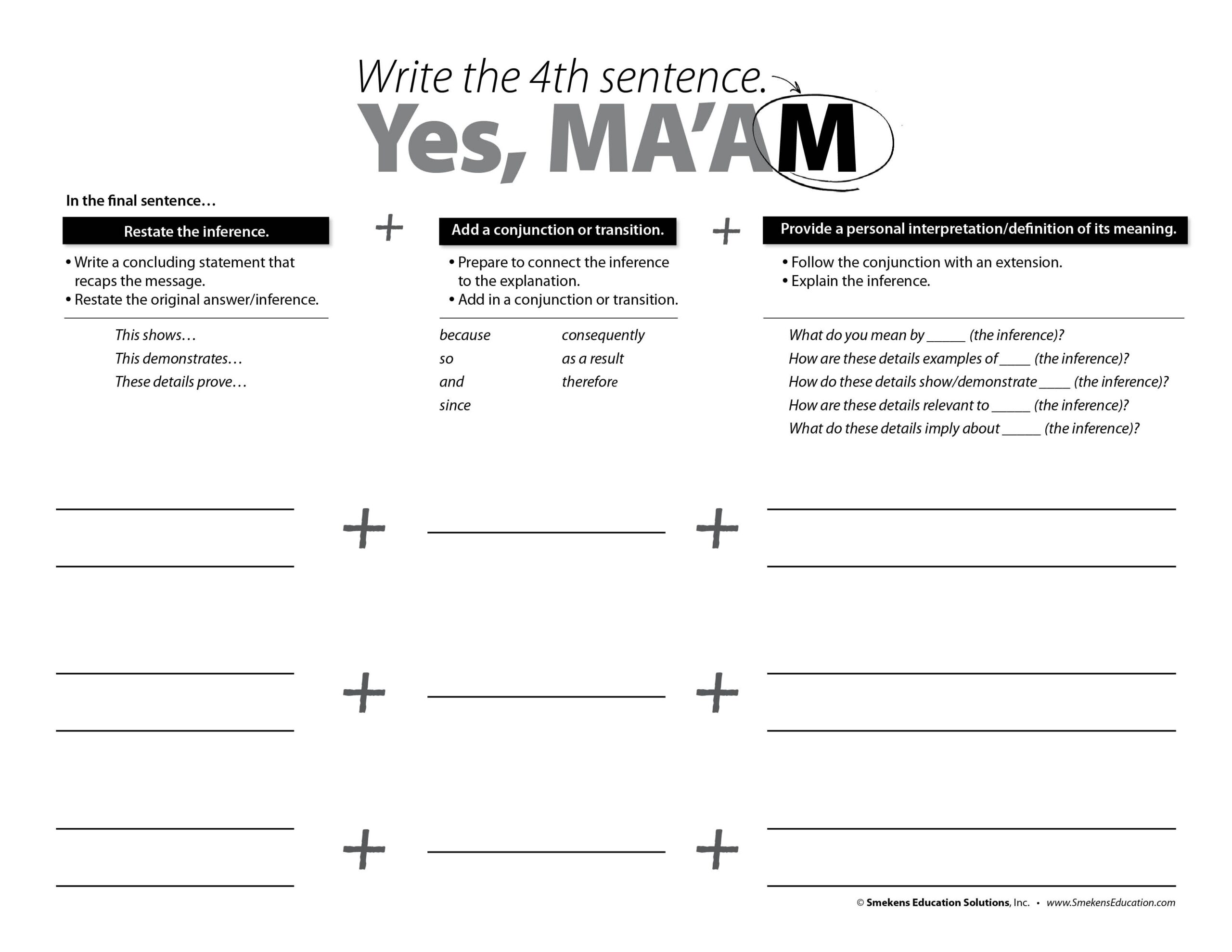14 Power Strategies
to Boost Reading & Writing Achievement on Standardized Tests
SECRET SITE
Root thinking in textual evidence
5. Make inferences
Model how to make an inference
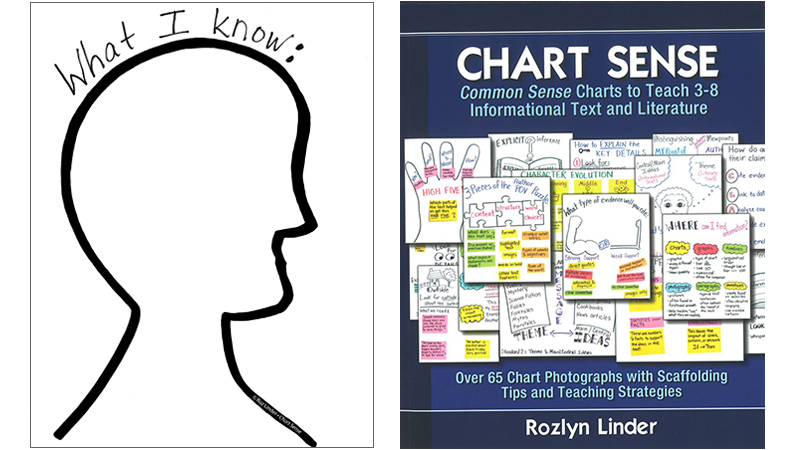
Silhouette Template
Chart Sense K-2 | 3-8
Practice putting clues together
Generate before-reading prediction to motivate readers to dive into text
6. Recognize evidence v. details
Problem #1 Response lacks evidence
Problem #2 Response is not rooted in the text(s)
Problem #3 Response just provides details, not evidence
Define what counts as evidence within visual texts.
Analyze photos, illustrations, and political cartoons for people/subjects, actions/activites, and setting/objects.
Within infographics, note the main idea/subject, data, source, text/words, visuals, and organization of the information.
Within video clips/movie excerpts, use the 2-column T-Chart to note the audio and visual details.
7. Explain evidence thoroughly
Provide students a consistent formula
Connect QAR (Question-Answer Relationship) to the Yes, MAAM formula.
The four facets of MA’AM or RACE all live within the inference silhouette.
Write the 1st sentence

Access resources: PDF version | Smartboard
Write the 2nd & 3rd sentences
Provide explicit instruction on how to weave the what, which, and where details into a textual citation.
Crystal Calloway uses these sentence starters during text-based conversation with her Bailly Elementary (Chesterton, IN) fourth graders.
Write the 4th sentence
Practice writing Yes, MA’AM responses
Utilize these templates to fine-tune the four-sentence constructed response.


